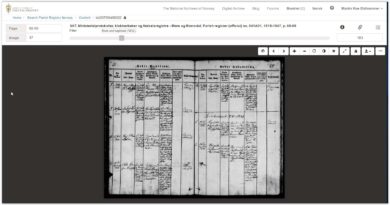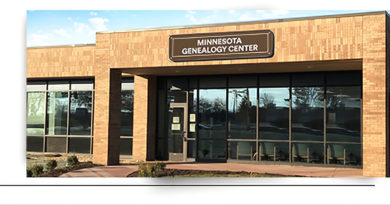The secret ingredients to an awesome family history
Here is a look at how we can spice up the family story we are writing.
There are several ways to add information to the family history we are writing. For some of our ancestors, we may not know very much and the extra information we add may make that ancestor become a little more “visible” to us.
Here are some ideas to ingredients to add flavor to the family history.
- Vital information
- Maps
- Photos
- Recipes
- Clothing
- Historical context
Let us look at these in more details
Vital information
Admittedly, vital information is not a “secret” ingredient. It is a “must” to identify our ancestor. I add farm name, local parish, parish, and county. If you have ancestors from different countries, that should be added too.
Maps
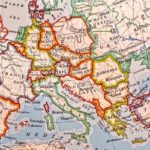
Placing our ancestors on the map is a great way to visualize them. Did they live on the coast, inland, in hilly or flat terrain etc? Looking at the map might give us some ideas as to why ancestor A from the village X met and married ancestor B from the village Y. If we have no information about this, we can discuss this in the family history and refer to the map.
A great source for maps is, of course, Google maps. In Norway, you will find Norgeskart to be much more detailed. You might want to read my article Find Norwegian place names.
We can start with a map showing the entire, or a large part of the country identifying the areas of interest. Our next map might be more zoomed in showing the village, town or area where our ancestors lived.
The “print screen” feature on our computer enables us to import the map into a picture editor. On Windows PCs, MS Paint is a great (and free) tool to add rings, boxes, arrows and comments to our maps.
Photos
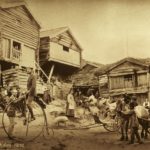
“A picture is worth a thousand words”
The pictures we already have, for sure, go into our family history. If we don’t have any pictures there are other ways to get pictures to spice up our family history.
Admittedly, finding a photo online of our ancestor can be difficult, but we may be lucky. There are however other pictures we can find that we can relate to our ancestors. It might be photos of the area where they lived. While not the house they lived in, we might find photos of houses in the building style that was common in the area. We might find pictures of utensils, farming equipment, fishing gear or boats, similar to what our ancestors might have used.
There are several sources for photos on the internet. In Digitalt Museum we find thousands of pictures from all over Norway. If you are on Facebook there are many groups that share photos from various places in Norway. I did actually find an unknown photo of my Great-Grandparents in such a group. There are also many local historical societies (Historielag) who may be able to point us to pictures. Here is a link to a search page.
Recipes
What food did our ancestors eat? Norwegian recipes can be found in several books on e.g. Amazon. Local historical societies can help to find information on food traditions in the area of interest.
Clothing
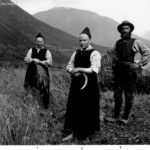
By looking at pictures we can learn a lot about the clothing people wore. Here is Digitalt Museum a great resource. We may find pictures of people from the same area as our ancestors. Again, local historical societies can be of help.
Historical context
In many cases, we only know the bare minimums about our ancestor. Helped by the local historical societies we may be able to come up with the history of the area our ancestor lived in. Also, Norwegian History books can be of help. They are more general, telling about major events. Still, this can be interesting to discuss in a family history as it is reasonable to assume that some of the major events, did have an impact on our ancestor’s lives.
Hopefully, some or all of these ideas can help you give your ancestors a little more context. Gathering the information can be a time-consuming task, but it will give us much more interesting family history when it is done.
Note: Private use of pictures and maps should be no problem. If you are publishing this information you need to check the copyright information.



